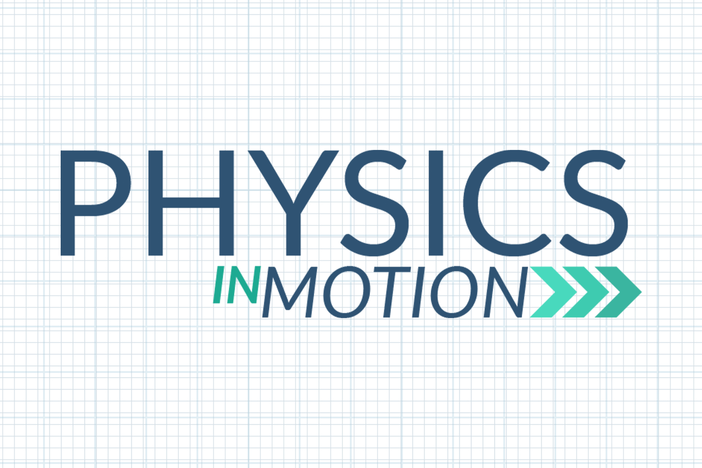Rhetorical Analysis: A Blended Learning Unit
During this blended learning, self-paced unit, students utilize rhetorical analysis to evaluate the effectiveness of speeches and informational texts. Students start the unit by taking a diagnostic test, and, if needed, completing a writing boot camp. Then, students complete several analytical exercises focused on logical fallacies and rhetorical analysis. Throughout the unit, students engage with political cartoons, famous speeches from American history, and popular culture to develop an understanding of rhetorical analysis. The unit concludes with students writing a five-paragraph rhetorical analysis.
Rhetorical Analysis: A Blended Learning Unit
During this blended learning, self-paced unit, students utilize rhetorical analysis to evaluate the effectiveness of speeches and informational texts. Students start the unit by taking a diagnostic test, and, if needed, completing a writing boot camp. Then, students complete several analytical exercises focused on logical fallacies and rhetorical analysis. Throughout the unit, students engage with political cartoons, famous speeches from American history, and popular culture to develop an understanding of rhetorical analysis. The unit concludes with students writing a five-paragraph rhetorical analysis.
English Arts
Spell correctly.
Produces legible work that shows accurate spelling and correct use of the conventions of punctuation and capitalization.
Use context (e.g., the overall meaning of a sentence, paragraph, or text; a word's position or function in a sentence) as a clue to the meaning of a word or phrase.
Cite strong and thorough textual evidence to support analysis of what the text says explicitly as well as inferences drawn from the text.
Determine an author's point of view or purpose in a text and analyze how an author uses rhetoric to advance that point of view or purpose.
Delineate and evaluate the argument and specific claims in a text, assessing whether the reasoning is valid and the evidence is relevant and sufficient; identify false statements and fallacious reasoning.
Write arguments to support claims in an analysis of substantive topics or texts, using valid reasoning and relevant and sufficient evidence.
Produce clear and coherent writing in which the development, organization, and style are appropriate to task, purpose, and audience. (Grade-specific expectations for writing types are defined in Standards 1–3 above.)
Develop and strengthen writing as needed by planning, revising, editing, rewriting, or trying a new approach, focusing on addressing what is most significant for a specific purpose and audience. (Editing for conventions should demonstrate command of Language Standards 1–3 up to and including grades 9–10.)
-
About the Teacher
Farhat Ahmad
McClarin Success Academy
Farhat Ahmad is currently a 9th and 10th grade World, Multi, and American Literature teacher at McClarin Success Academy in College Park, GA. Mr. Ahmad holds a Bachelor’s in English and Sociology from the University of Wisconsin and a Master’s in Secondary Education from Georgia Southern University. He currently serves as a Google Classroom administrator and individualized learning coach.













































